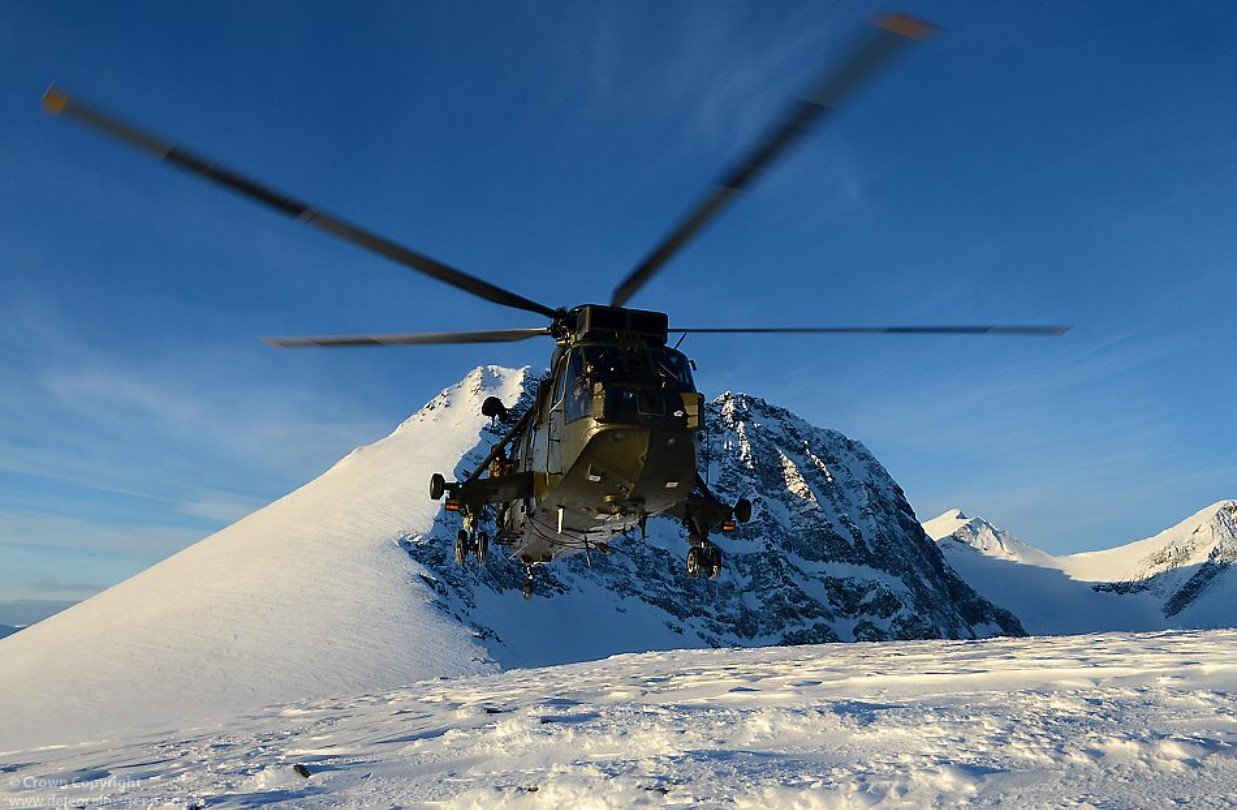The Arctic Aviation Command has recently implemented cutting-edge technology to enhance its operations in the challenging Alaskan environment. This strategic move aims to improve the efficiency and safety of aviation missions in the Arctic, a region known for its extreme weather conditions and strategic importance. The new command structure and technological advancements are expected to significantly boost the operational capabilities of the U.S. Army in this critical area.
Enhanced Command Structure
The activation of the Arctic Aviation Command marks a significant shift in how the U.S. Army manages its aviation units in Alaska. Previously, these units reported to commands based in Washington and Hawaii, which posed logistical challenges. Now, with the command headquartered at Fort Wainwright, Alaska, decision-making is more localized and responsive. This change allows for better risk management and quicker adaptation to the unique demands of Arctic operations. The new structure also facilitates more effective training and support for the aviation units stationed in Alaska.

The reorganization under the 11th Airborne Division ensures that the leadership is well-versed in Arctic conditions. This local command structure is crucial for understanding and addressing the specific challenges posed by the harsh environment. The proximity of the command to the operational units enhances coordination and support, leading to more efficient mission execution. Additionally, the new command structure is expected to streamline communication and decision-making processes, further improving operational effectiveness.
The establishment of the Arctic Aviation Command is part of a broader U.S. strategy to strengthen its military presence in the Arctic. This move is seen as a response to increasing geopolitical tensions and the growing importance of the Arctic region. By having a dedicated command in Alaska, the U.S. Army can better project power and respond to emerging threats in the region. The new command structure is a testament to the strategic importance of the Arctic and the need for specialized capabilities to operate in this challenging environment.
Technological Advancements
The Arctic Aviation Command is not just about structural changes; it also involves significant technological upgrades. One of the key advancements is the installation of upgraded heaters in helicopters, which are essential for maintaining operational capability in sub-zero temperatures. These heaters ensure that the aircraft can function effectively even in the harshest conditions, reducing the risk of equipment failure due to extreme cold. Additionally, new windscreens have been installed for door gunners, providing better protection against the biting Arctic wind.
Another critical technological improvement is the introduction of advanced navigation systems. These systems are designed to enhance situational awareness and improve the accuracy of flight operations in the Arctic. The challenging terrain and unpredictable weather conditions make navigation particularly difficult in this region. The new systems provide real-time data and advanced mapping capabilities, allowing pilots to navigate safely and efficiently. This technological edge is crucial for the success of missions in the Arctic, where even minor errors can have significant consequences.
The Arctic Aviation Command is also exploring the use of unmanned aerial vehicles (UAVs) for reconnaissance and surveillance missions. UAVs offer several advantages, including the ability to operate in extreme conditions without risking human lives. They can provide valuable intelligence and real-time data, enhancing the command’s ability to monitor and respond to potential threats. The integration of UAVs into the command’s operations represents a significant step forward in leveraging technology to enhance mission effectiveness in the Arctic.
Strategic Importance
The establishment of the Arctic Aviation Command underscores the strategic importance of the Arctic region. The Arctic is not only a critical area for national defense but also a region with significant economic and geopolitical implications. The melting ice caps are opening new shipping routes and access to valuable natural resources, making the Arctic a focal point for international competition. The U.S. Army’s enhanced presence in the region is a clear signal of its commitment to maintaining stability and security in the Arctic.
The Arctic Aviation Command plays a vital role in supporting the broader U.S. Arctic strategy. By having a dedicated command in Alaska, the U.S. Army can respond more quickly and effectively to emerging threats. The command’s ability to operate in extreme conditions and its advanced technological capabilities make it a formidable force in the region. This enhanced presence is essential for deterring potential adversaries and ensuring the security of U.S. interests in the Arctic.
The activation of the Arctic Aviation Command also highlights the importance of international cooperation in the Arctic. The U.S. Army works closely with allied forces to enhance security and stability in the region. Joint exercises and collaborative efforts are crucial for building interoperability and strengthening partnerships. The Arctic Aviation Command’s advanced capabilities and strategic location make it a key player in these cooperative efforts, contributing to a more secure and stable Arctic region.
































